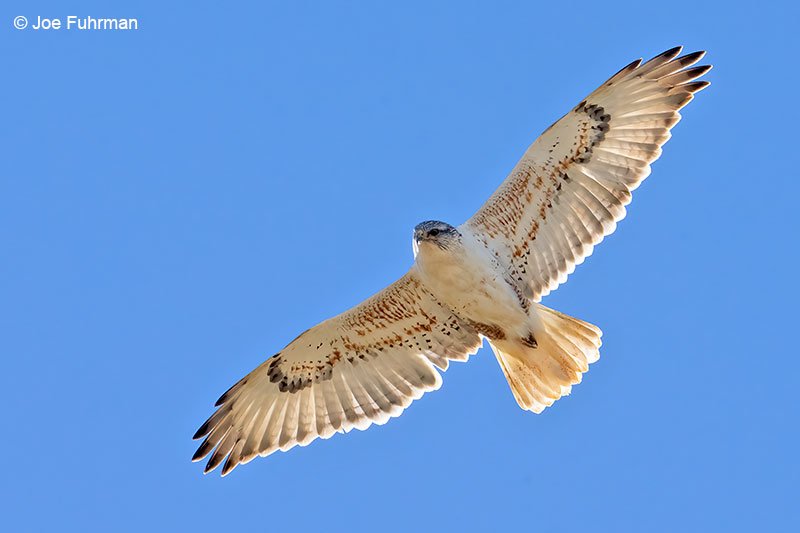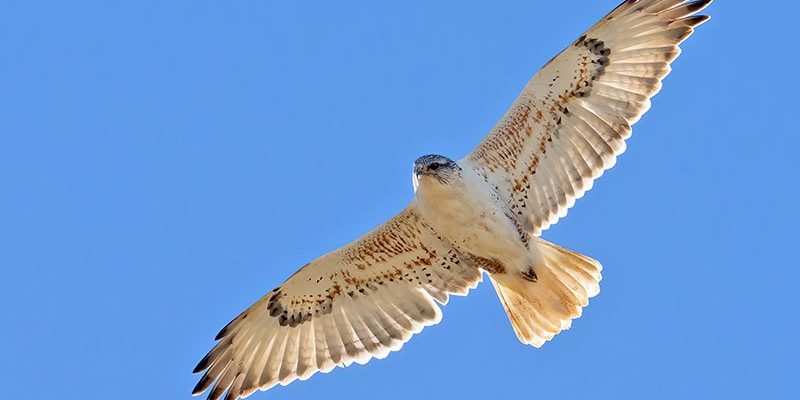
The Ferruginous Hawk has a well-documented past that paints a picture of its survival strategies, habitat preferences, and even its social behavior. With its broad wings and a unique color palette, this hawk stands out among its peers. Let’s explore the evolution and history of the Ferruginous Hawk, looking closely at what makes it so special and how it fits into the broader tapestry of the avian world.
What Is the Ferruginous Hawk?
The Ferruginous Hawk, scientifically known as *Buteo regalis*, is a large bird of prey found primarily in the western United States, Canada, and parts of Mexico. It’s often recognized for its distinctive coloration, which can vary from a rich russet to a creamy white. These birds are characterized by their long wings and tails, which help them glide effortlessly in search of food.
One interesting thing about the Ferruginous Hawk is its adaptability. They prefer open habitats like grasslands and deserts, where they can spot their prey from a distance. Their diet consists mainly of small mammals—think rabbits and rodents—but they won’t shy away from catching birds or even reptiles if the opportunity arises. Honestly, it’s impressive to see these hawks employ different hunting strategies depending on their surroundings.
A Brief History of the Ferruginous Hawk
The Ferruginous Hawk has been around for quite some time, with fossils dating back several million years, connecting them to the lineage of the Buteo genus. This ancient lineage has helped shape the Ferruginous Hawk into the skilled predator we see today. As environments changed, so did these birds, adapting to new ecosystems and hunting methods.
Historically, these hawks were often revered by indigenous cultures across North America. Their impressive size and hunting prowess made them symbols of power and freedom. There are stories that highlight their connection to the land, describing how these magnificent birds played a role in local ecosystems. This deep-rooted cultural significance adds layers to the way we appreciate the Ferruginous Hawk.
Evolutionary Traits of the Ferruginous Hawk
When talking about evolution, we can’t ignore the unique traits that have developed in the Ferruginous Hawk over time. These traits have helped it survive and thrive in a variety of environments. For starters, their large wingspan, which can reach up to 4.5 feet, allows them to soar high with minimal effort. This feature is crucial for spotting prey from above and covering large distances in search of food.
Another fascinating aspect is their coloration. The Ferruginous Hawk’s feathers serve as camouflage, helping them blend into the rocky outcrops and grasslands where they are often found. This form of natural disguise makes it easier for them to ambush unsuspecting prey. You might be wondering how important this adaptation is—well, it can be the difference between catching lunch and going hungry!
Habitat and Distribution
The Ferruginous Hawk is primarily found in open areas, such as grasslands, shrublands, and even sagebrush deserts. These habitats not only provide ample food resources but also give them a strategic advantage for hunting. They prefer to nest in tall trees or on cliffs, giving them a great vantage point to survey their territory.
However, their range has shifted over time due to human activities, including agriculture and urban development. As land is transformed, the hawks have adapted by moving to less disturbed areas, demonstrating their resilience as a species. Even so, this adaptability can only stretch so far, leading to concerns about habitat loss and conservation efforts.
Behavior and Social Structure
You might be surprised to learn that the Ferruginous Hawk exhibits interesting social behaviors. While they are often solitary or found in pairs, during the winter months, you can spot them in small groups. This behavior may help them locate food sources more efficiently. Plus, they’ll often engage in playful aerial displays, which are both a sight to see and a crucial part of their social interactions.
Nest building is another area where Ferruginous Hawks show their unique behavior. They often reuse old nests, adding materials each season. This means that the nests can grow quite large over time, becoming impressive structures that provide shelter not just for themselves but also for other species.
Conservation Status and Efforts
As we’ve seen, the Ferruginous Hawk’s habitat has faced a lot of changes, which has put pressure on their population. Currently, they are listed as a species of “Least Concern” by the International Union for Conservation of Nature (IUCN), but that doesn’t mean they are out of the woods. Factors like habitat destruction and changes in land use are ongoing challenges.
Conservation efforts are in place to monitor their populations and protect their habitats. Organizations are working to promote land management practices that benefit these hawks and their ecosystems. Protecting the grasslands and open spaces they rely on is essential for ensuring their survival long into the future.
What Can You Do to Help Ferruginous Hawks?
If you’re passionate about wildlife and want to support the Ferruginous Hawk, there are ways you can help!
- Support Conservation Organizations: Consider donating to or volunteering with groups focused on avian conservation.
- Promote Habitat Preservation: Advocate for land-use policies that protect natural habitats.
- Educate Others: Spread the word about the importance of preserving wildlife and their environments.
Taking small steps in your community can make a big impact on the preservation of this magnificent bird. Remember, every action counts!
In wrapping up, the Ferruginous Hawk isn’t just another bird of prey. It’s a symbol of resilience and adaptability, woven into the fabric of our ecosystems. By understanding their history and evolution, we can appreciate these incredible creatures even more. With continued efforts in conservation and a collective commitment to habitat protection, we can help ensure that future generations get to enjoy the sight of a Ferruginous Hawk soaring gracefully across the skies.

